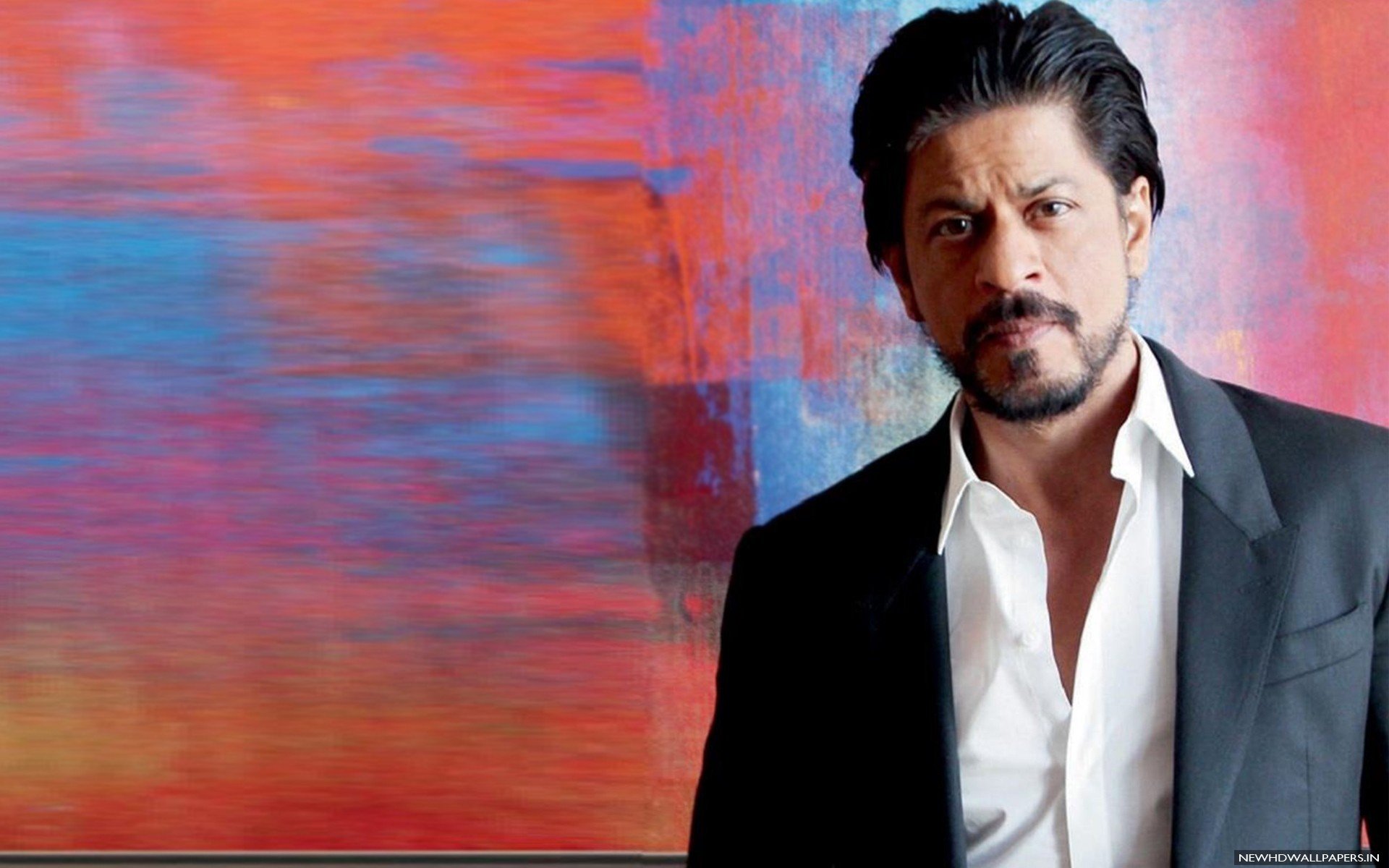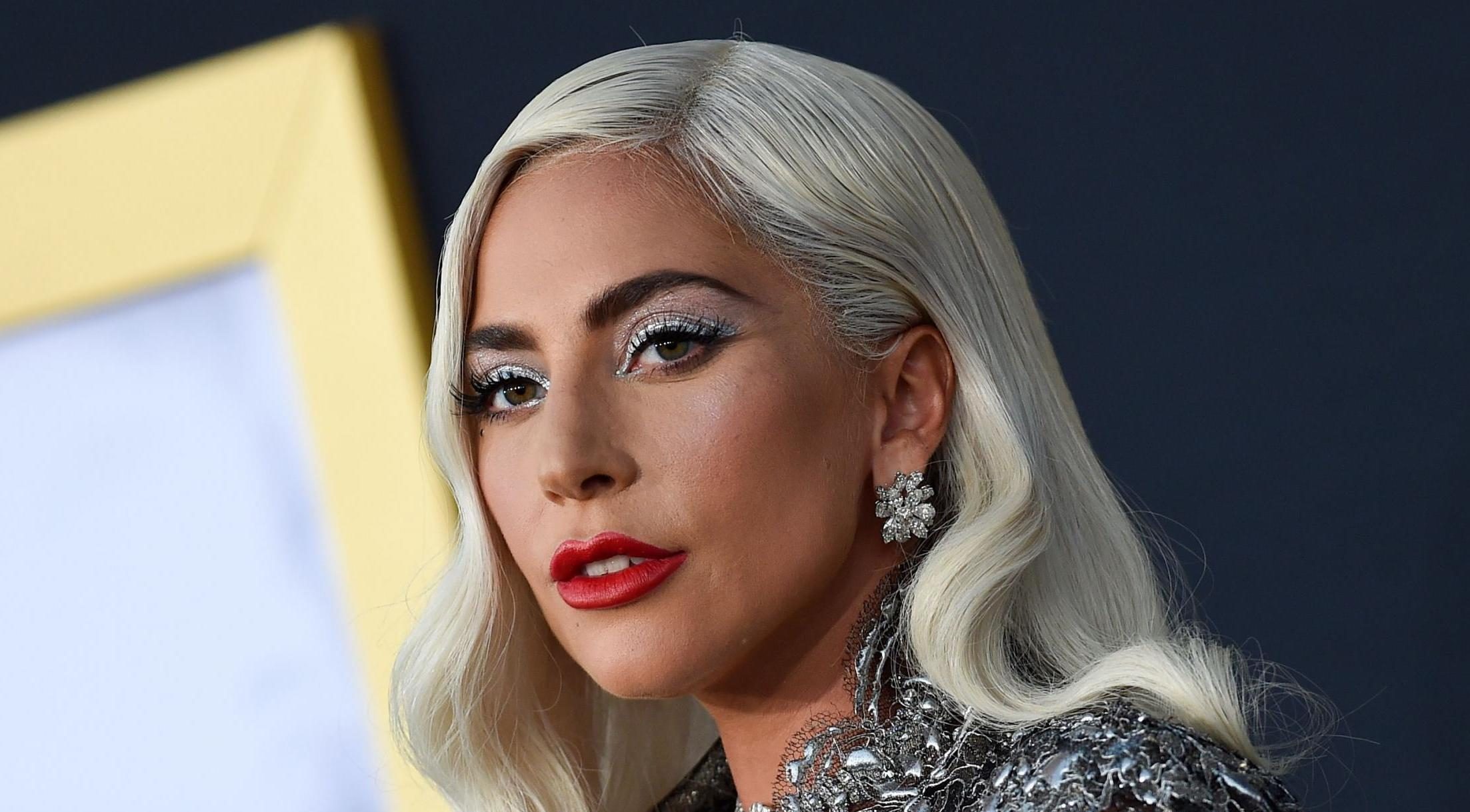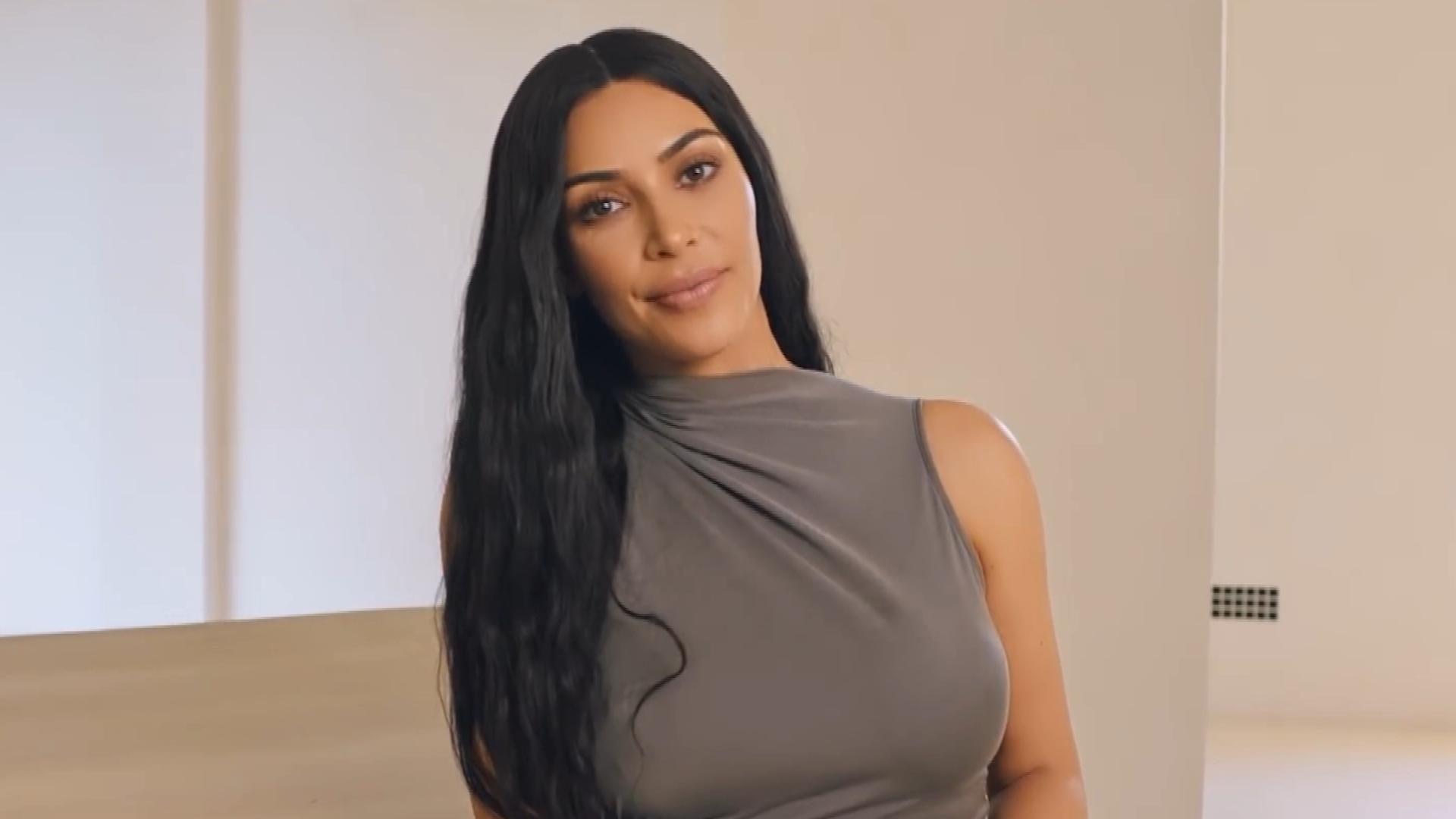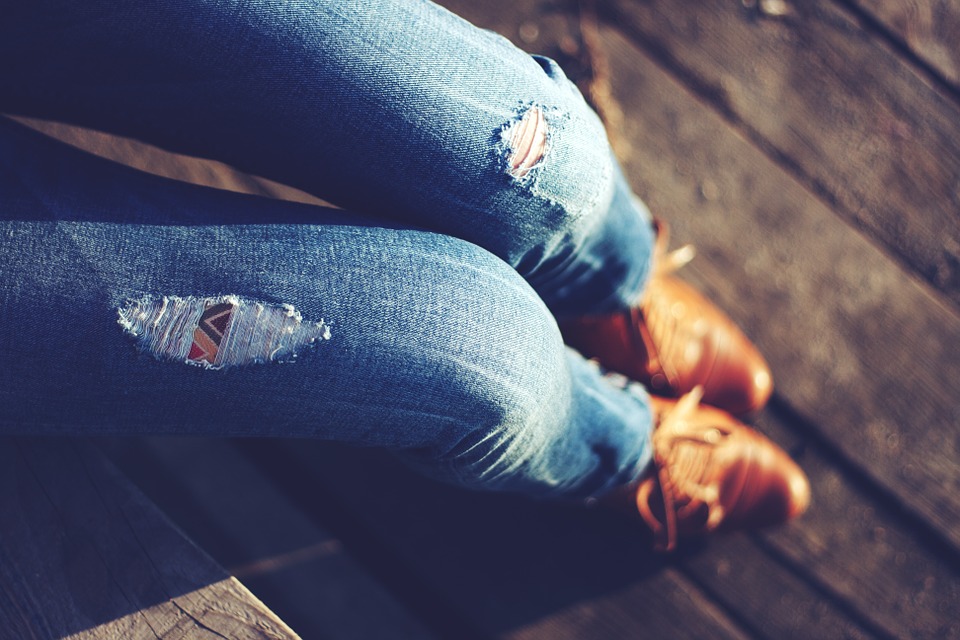
Design’s fixation on a milder and more downplayed brand of extravagance is in full power for all
Chiara Ferragni appeared as though she had initiated in disguise mode. At Design Week this previous February, the Italian style star, who has amassed an Instagram following of 29 million for her shimmering, rainbow-shaded, and logo-weighty groups, wore just neutrals: a cream weave and freight pants at Fendi, a white shirtdress under a beige coat at Tod’s, dark fitting at Gucci.
Among the über-powerhouses at the shows, Ferragni was in good company to turn to additional pared-down looks. Tamu McPherson wore white knitwear at Ferragamo. Camille Charrière turned up in dim cashmere isolates at Prada. Caroline Daur and Chriselle Lim wore exemplary camel outerwear at Max Mara and Lanvin, individually. This,apparently, is what road style resembles in the tranquil extravagance period, when forceful refinement and luxurious textures rule.
Getting back in the progression of the design schedule is extremely difficult,” says McPherson, organizer behind the style, magnificence, and wellbeing site Every one of the Beautiful Birds. “At present, I’m inclining toward pieces that you and I have likely seen again and again, which are works of art.” What McPherson is longing for the time being is a safeguard uniform of sorts — garments that will brace her against the vulnerability of our murky and not-exactly post-pandemic world. According to this, she, requires a type of design re-teaching in the most essential components of style, which is definitively what the Fall 2023 runways advertised: “These are go-tos that you can wear and utilize constantly. Thus I truly do feel that monetarily it’s an extraordinary technique.”
In the event that the assortments throughout recent years were loaded up with splendid, energetic, temperament helping mixtures of variety and shine — garments imagined for a once optimistic vision of a Coronavirus free fate of retribution celebrating — then planners have turned similarly as emphatically toward misrepresentation for fall, with an accentuation on the better marks of value and plan.
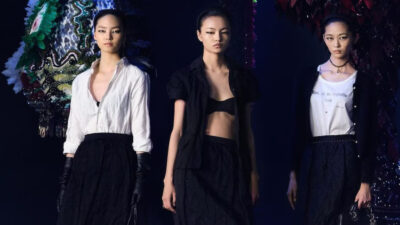
In New York, Proenza Schouler’s twentieth commemoration show exchanged spring’s polka specks and flamenco unsettles for a motorcade of closet basics drove by Jack McCollough and Lazaro Hernandez’s eternity muse Chloë Sevigny in a dark calfskin midi skirt and customized coat secured firmly at the midriff. Conservative Burch traded last season’s clear layers and neons for organized blend and-match isolates in muffled shades of ivory, blush, dark, and dim. Ralph Lauren and Michael Kors inclined toward their most exemplary styles: chalk-stripe fitting and delicate weave dresses.
One of London’s most discussed shows was Tove, the runway presentation of Holly Wright and Camille Perry’s advanced moderate name, which since its send off in 2019 has become known for exemplary dresses with unobtrusive twists like ruching and tied subtleties. Every one of the 33 of the looks, including pointedly custom-made jackets and covers, were styled with stylishly casual Charvet shoes. Milan has consistently had its promoters for apparent dressing. However, for fall, it appeared to be that each name — from virtuosos like Brunello Cucinelli, Loro Piana, Bottega Veneta, and Giorgio Armani to the stronger, more offbeat houses like Fendi and Gucci — jumped aboard with head-to-toe tan, beige, roll, buff, and ecru. (Max Mara imaginative chief Ian Griffiths named it “the Camelocracy.”
Hermès kept on leading for misrepresentation of the truth in Paris, however so did Demna, whose Balenciaga assortment opened with seven oversize dark fitting looks. In L.A., Feeling of dread toward God put on a fortitude showcase of slouchy fitting, which has become Jerry Lorenzo’s mark. Indeed, even affirmed maximalist Donatella Versace got in on the demonstration with her Oscar-weekend show, which highlighted controlled minimal dark dresses and skirt suits.
Versace’s temperament board included pictures from a 1995 mission captured by Richard Avedon and highlighting Kristen McMenamy in a fitted dark hourglass coat and pencil skirt. It’s a reference point that feels especially able: The mid-’90s were ostensibly the peak of the development toward moderation drove by planners like Calvin Klein, Helmut Lang, and Jil Sander, which fixated on very much cut dress with a quelled variety range — a conspicuous difference to the beyond ludicrous ’80s marvelousness that preceded it. The stylish arose following a downturn and the Bay Conflict and in the midst of the continuous Guides scourge. It incited a discount recalibration of what design is and the job it can or ought to play in our lives.
What’s going on now, in one more period of disturbance, during our post-Coronavirus headache, a long and geopolitically weakening conflict in Ukraine, the consistently heightening environment emergency, and runaway expansion, might be one more sort of taking-stock second. The well known contemporary symbols of calm extravagance — the Roys on HBO’s Progression, Cate Blanchett’s Lydia Tár in Tár, ski-preliminary Gwyneth Paltrow, new lady of the hour Sofia Richie — have given more than adequate grist to the TikTok factory, with short explainers on #QuietLuxury assisting with bringing the previously “specialty” look of the one percent to another degree of mass social awareness. In any case, past riches, influence, and impact, what the logoless extravagance, all things considered, appears to transmit is a sort of certainty or control, regardless of whether fanciful, in the midst of all the bedlam. The allure of that thought — exceptionally to more youthful purchasers, for whom the murkiness representing things to come can frequently seem haziest — is for the most part easy to comprehend.
Obviously, twofold confronted cashmere covers that cost upwards of $3,000 are not open to everybody. However, the blend of financial vulnerability and expanded ecological mindfulness has started to drive development in the style resale market — and with it a shift toward a more round model in which more trendless dress things are purchased, worn (for longer), and afterward exchanged, for the most part at a markdown, to start the cycle once more.
“Before, we’ve seen Gen Z truly incline toward explanation pieces that were somewhat ‘Instagram-commendable,’ and there’s a shift now into brands that customarily have been embraced by our more seasoned clients,” says Noelle Sciacca, senior style lead at the RealReal. Sciacca noticed that both Loro Piana and the Line, two standard brands of the luxeminimalist development, have seen the most elevated expansion popular on the extravagance resale stage over the course of the last year, with a 30 percent spike among Gen Z clients.
It’s a pattern in the manner we take part in and ponder design that extravagance retailers at large are moving to address. Net-a-Watchman has even sent off its own resale program for store credit and is presenting a clothing fixes and changes administration to assist with broadening the existence of articles of clothing and extras. These are empowering improvements to Stella McCartney, who has made natural obligation and planning garments that live in your closet past a solitary season key to all that she does. “I’m enlivened by shoppers today who are progressively connected with and keen on living carefully to safeguard the planet,” says McCartney. “I’m happy that discussions are being had not just about the utilization of naturally amicable, cognizant materials yet additionally about changing the worldview from ‘pattern’ to ‘immortality.’ ”
Elin Kling and Karl Lindman’s Stockholm-based Totême might have had a viral hit last year with its scarf coat — basically a curiously large fleece cover with a connected scarf — yet the nine-year-old name’s center remaining parts conveying a storage room of very much built, unfussy pieces that will be essential for your day to day uniform. In New York, Paul Helbers, who recently planned menswear for the Column, is currently imaginative head of Fforme, a line of particular closet building blocks, similar to a sewed shift dress, thin jeans, and a batwing-sleeve coat, that fit along with pieces from past seasons. Sara Lopez’s A- – Organization works in fitting with just-left-of-focus subtleties like extradeep armholes or blade creases slice open to make bordering. Furthermore, Veronica de Piante makes cashmere knitwear and twofold breasted duchess-silk coats with perplexing dark on-dark weaving. De Piante has her own closet altered down to one of the previously mentioned overcoats, a couple of coats, pants, and white Shirts. “I very much prefer to be simple and stylish,” she says. “Straightforward. Toning it down would be ideal.”
A thought has consistently determined Brunello Cucinelli. “At the point when we opened our organization quite a while back, we gave our clients an assortment of 30 ladies’ cashmere sweaters since I realize that cashmere was not a material group would effectively discard,” expresses Cucinelli of his well established center around exemplary outlines produced using excellent regular strands. “Today, when we plan another assortment, we ponder the existence of the individual who will at last wear it. Will they be quiet while utilizing each piece? Could the pieces at any point be consolidated effectively?” Cucinelli makes sense of. “We believe they should feel like they can wear pieces from a long time back with new ones and that they will continuously function admirably together.”
POST A COMMENT
You must be logged in to post a comment.

